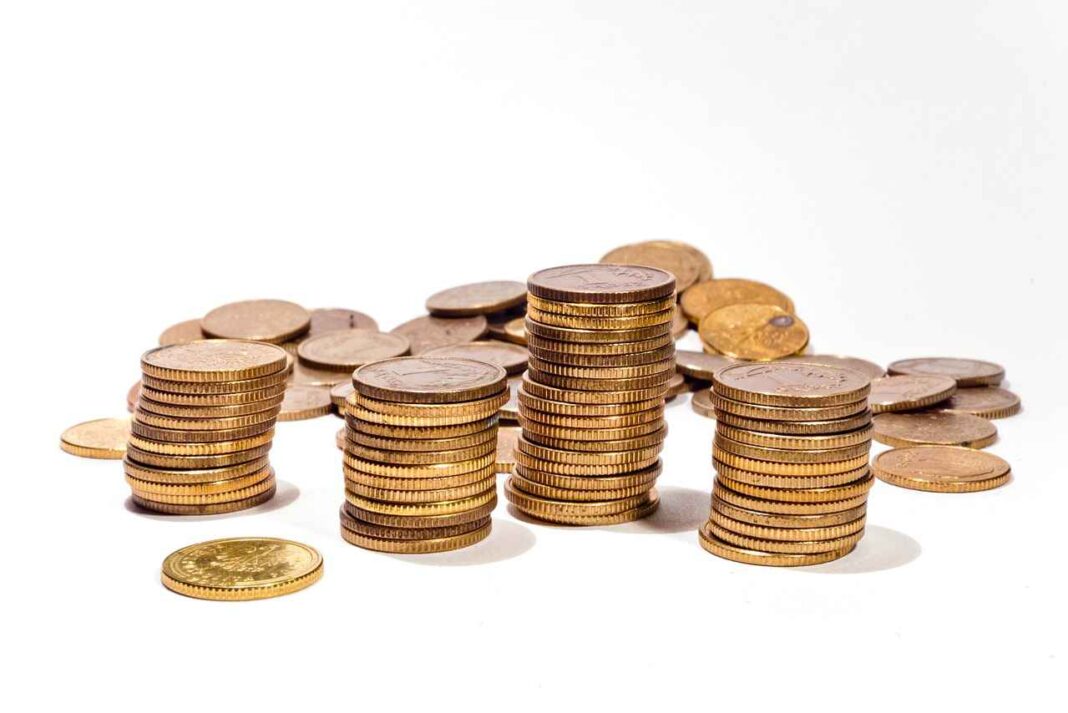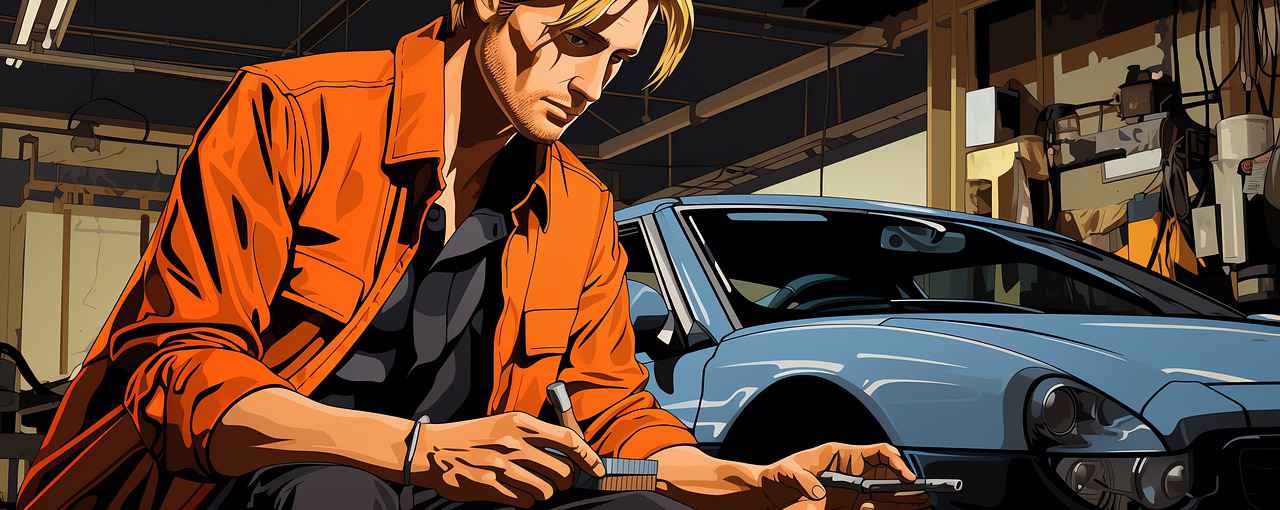Fixing up my car or buying a new one has been a big decision lately. With used car prices skyrocketing post-pandemic, new cars might actually offer better value. Personally, I think spending too much on any car is a waste.
Recently, the costs have piled up. I was on board with a no-spend November, especially since I’ll be spending more during the holidays. I’ve been toying with the idea of replacing my 11-year-old car, Moose, for a while since it needs some repairs. I was torn between selling Moose now to avoid further costs or getting a newer vehicle in good condition.
After a lot of thought, I decided to fix Moose. It’s been four years since his brakes were last done. My mechanic, who I’ve trusted for a decade, suggested replacing both rotors and pads upfront because Moose is heavier there, and just the pads in the back.
I went with his advice, and it cost me $705 in total—$400 for parts and $300 for labor. That’s quite reasonable, especially considering I’ve heard of people spending up to $1,500 on brakes. When I went to pick Moose up, he wouldn’t start because the battery was almost done after five years. Fortunately, it happened at the shop and not in the middle of nowhere during winter! That would have been a nightmare. Adding a new battery brought my total spend to $795.
Deciding Whether to Fix or Buy a New Car
Spending months deliberating whether to fix Moose or buy a new car boiled down to economics. Moose’s Bluebook value is about $4,000, so spending $800 on repairs is 20% of the car’s value, and it doesn’t increase its worth proportionally. With new brakes and a battery, maybe Moose is worth $4,200 now, so essentially, it feels like I’m losing $600 by fixing it.
Before deciding on a new car, consider these factors:
1. Can you afford a new car? It’s only affordable if your income is at least 10X the car’s price.
2. Compare repair costs to your car’s value. If repairs cost more than 30% of the car’s value and you can afford a new one, it might be time to upgrade.
3. Consider any other big upcoming expenses, like taxes or debt. It’s better to minimize spending on a depreciating asset like a car if you have significant expenses coming.
4. Estimate how long your old car will last compared to how long you plan to keep it. My new brakes and battery should last another three years, and Moose has enough life to potentially reach 150,000 miles.
5. Know your car’s maintenance cycle. It’s usually cheaper to sell just before major maintenance milestones.
Be More Responsible, Buy a Cheaper Car
In terms of financial wisdom, buying a less expensive car helps stretch your dollars further toward achieving financial freedom. Cars depreciate, but houses generally appreciate.
Invest in Real Estate Instead of an Expensive Car
Keep car expenses low and use the savings to invest in real estate. This builds more wealth over time compared to the fleeting satisfaction of driving a fancy car.
By sticking with Moose and choosing repairs over a new purchase, I’m taking a gamble that nothing else major breaks soon. If something like the alternator goes next, then the repair costs could make Moose a money pit. However, the practical choice for now is to extend what I can from this car, especially since my desire for a luxury car has plummeted.
As for my long-term plans, despite purchasing a new house recently, which requires rebuilding my liquidity, I’m driving a 2015 Range Rover until at least 2025. The goal is to avoid buying a new car and maintain it for as long as feasible to maximize my investment.











































